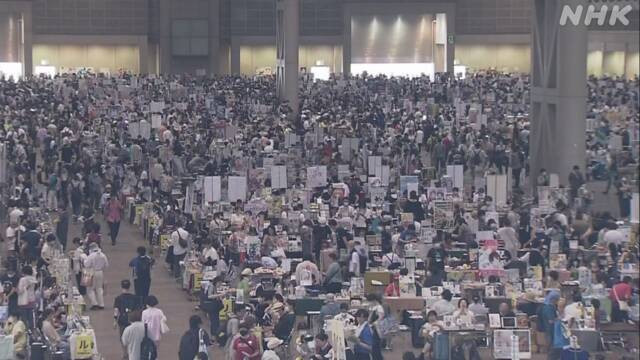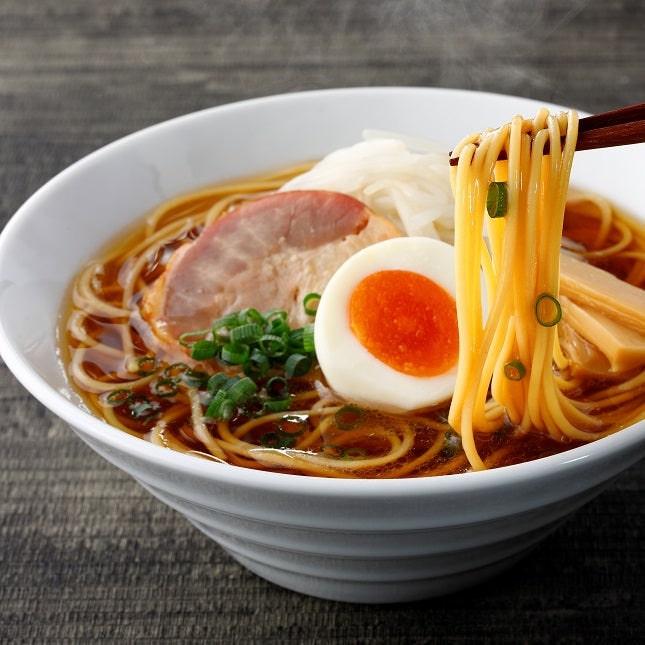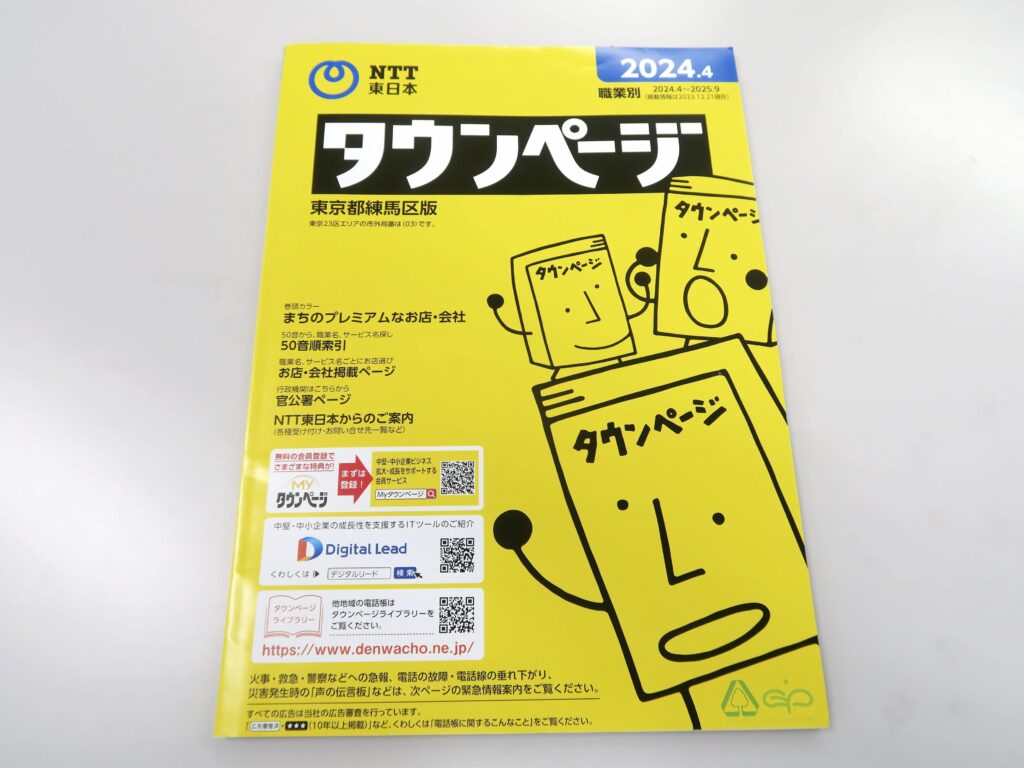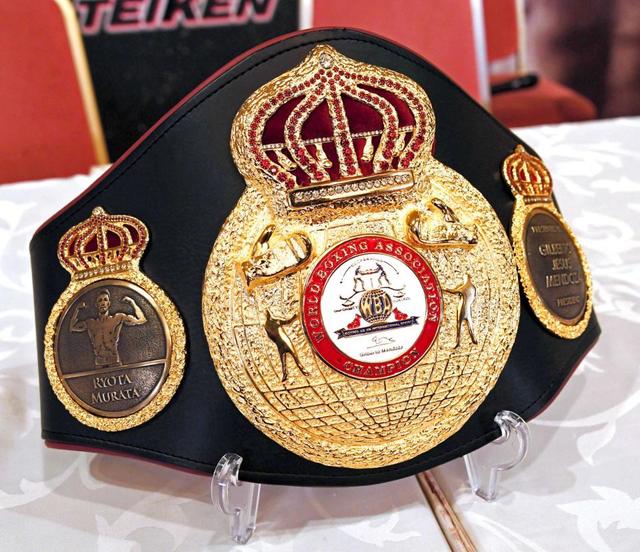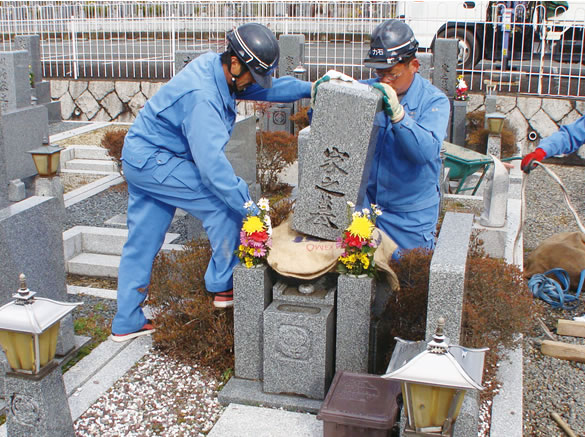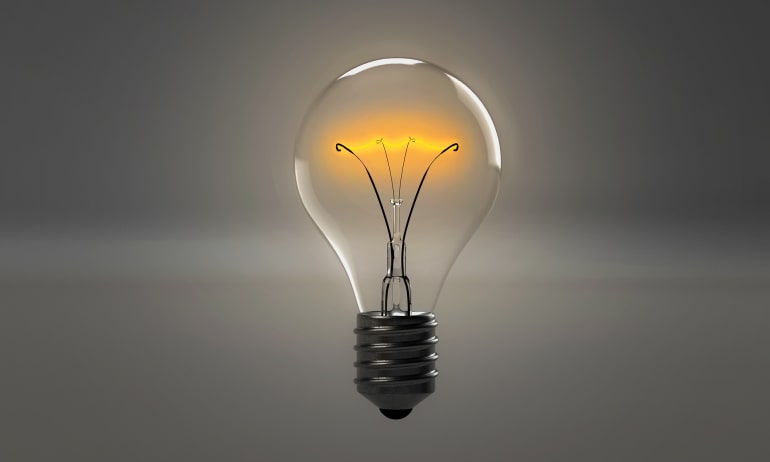
Light bulbs are an essential item in our lives, but do you know how to dispose of used light bulbs?
There are many different types of light bulbs, each with different appropriate disposal methods.
In this article, we will explain the correct way to dispose of each major type of light bulb and whether it is recyclable.
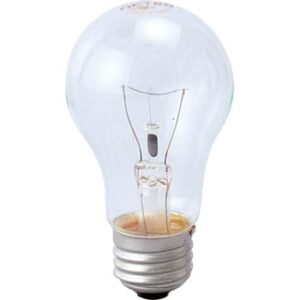
目次
What kind of garbage is a light bulb? How to properly dispose of light bulbs: a guide by type
incandescent light bulb
Incandescent light bulbs were once the most common light bulb, but are now being replaced by other energy-saving light bulbs.
In many areas, incandescent light bulbs can be disposed of as general garbage , but some municipalities may require special handling, so check your local waste disposal rules.
Fluorescent lamp (straight tube/compact)
Fluorescent lights contain mercury and are considered hazardous waste . Therefore, you will need to take it to a recycling center or a specific collection box.
Many home centers and electronics stores have places where used fluorescent lamps can be collected for free, so take advantage of that.
LED light bulb
Although LED bulbs have a very long life and contain few harmful substances, they are sometimes treated as part of electronic equipment .
Therefore, rather than throwing it away in the general garbage, you should take it to a designated place for recycling electronics.
Please use the collection points and recycling facilities designated by your local government.
Disposing of broken light bulbs
If a light bulb breaks, it must be handled carefully to prevent injury from shards of glass.
Wrap broken light bulbs securely in stiff paper or cardboard, label them to indicate damage, and dispose of them in the specified manner .
Especially in the case of fluorescent lights, you need to be even more careful because they contain harmful substances.
Summary of how to dispose of light bulbs
Practicing the correct way to dispose of light bulbs not only helps protect the environment, but also directly affects our own safety.
Check your local government’s rules and collection system and dispose of light bulbs in an appropriate manner.
When choosing light bulbs, it is also important to choose products that have a low impact on the environment and have a long lifespan.
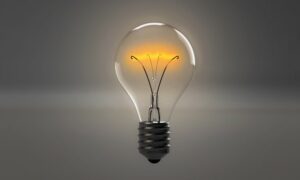
Can light bulbs be recycled?
The recyclability of light bulbs depends on their type.
Below is an overview of the main types of light bulbs and how they are recycled.
incandescent light bulb
- Recyclability : Generally not recycled. Incandescent light bulbs are made of glass and metal, but small filaments and other parts complicate recycling.
- Disposal : In many areas, incandescent light bulbs can be disposed of as normal household waste, but it is recommended that they be properly wrapped before disposal to avoid damage.
Fluorescent lamps (including compact fluorescent lamps)
- Recyclability : Recyclable. Fluorescent lamps contain mercury and require a special recycling process.
- Disposal Methods : To safely recycle fluorescent lamps, they must be taken to your local waste disposal facility or designated recycling center. Many hardware stores and electronics retailers also offer take-back programs.
LED light bulb
- Recyclability : Recyclable. LED bulbs often do not contain harmful substances, but the circuit boards and metal parts require recycling.
- Disposal method : LED bulbs may be collected at specialized recycling centers or some electronics stores. Please recycle properly according to your local government instructions.
halogen light bulb
- Recyclability : Although there are no specific recycling programs in place, they are basically treated in the same way as incandescent light bulbs.
- How to dispose of it : In many areas, it is disposed of as normal household waste, but since it is a glass product, it must be disposed of with care to avoid damage.
When recycling, check your local recycling center, local government guidelines, or the collection program of the store you purchased it from to ensure you are disposing of it correctly depending on the type of bulb.
Recycle recyclable light bulbs properly to minimize your impact on the environment.
How to handle and dispose of light bulbs that contain hazardous substances (mercury, etc.)
Proper disposal methods for the hazardous substances contained in light bulbs, especially fluorescent lights and some LED light bulbs, are extremely important to protect human health and the environment.
Learn about major hazardous substances and how to properly handle them.
Fluorescent lamps containing mercury (including compact fluorescent lamps)
- Hazardous substance content : Fluorescent lamps contain trace amounts of mercury, which can have a negative impact on the environment and the human body.
- Proper disposal method :
- Follow local regulations : Many regions treat fluorescent lamps as special waste and prohibit their disposal in household waste. Follow the instructions of your local waste disposal facility or recycling center.
- Go to a specialized recycling center : Use a specialized recycling center or take-back program to safely dispose of fluorescent lights. Many electronics retailers and home centers also collect them.
- Properly wrapped and transported : To prevent damage, wrap fluorescent lamps properly in newspapers or plastic bags and transport them carefully.
some led bulbs
- Toxic substance content : Although LED bulbs themselves are often mercury-free, their circuit boards may contain harmful chemicals.
- Proper disposal method :
- Take advantage of recycling programs : Check your local programs for recycling and disposal of LED light bulbs, as well as the return policies of the store you purchased them from.
- Special handling usually not required : LED bulbs generally contain low levels of hazardous substances, so special handling is often not required, but recycling is an environmentally friendly option.
Precautions when disposing
- Do not touch directly : When disposing of light bulbs, you must handle them carefully to avoid harmful substances escaping from damaged bulbs. We recommend wearing gloves, especially when handling fluorescent lights.
- Avoid damage : When transporting fluorescent light bulbs and other light bulbs, be sure to handle them carefully and package them properly to avoid damage.
Following proper disposal methods for light bulbs containing hazardous substances is important to protect our health and the environment.
Check with your local recycling center, waste disposal facility, or store of purchase to learn the correct way to dispose of your item.
How to dispose of and dispose of broken light bulbs
How to handle and dispose of a broken light bulb depends on the type of light bulb and the substances it contains.
Below are some basic guidelines for safe handling and proper disposal.
Incandescent and halogen bulbs
- Treatment method : If a glass piece or filament breaks, please avoid touching the glass piece directly with your hands. Use thick gloves to carefully pick up large pieces of glass, and collect smaller pieces with a pan and broom or wet paper towel.
- How to dispose of it : Wrap the collected glass pieces in heavy paper or cardboard, then place them in a plastic bag, then dispose of them in your household waste according to your local waste disposal regulations.
Fluorescent lamps (including compact fluorescent lamps)
- Treatment method : Fluorescent lamps contain mercury, so be especially careful if they are broken. Ventilate the room well and temporarily turn off an air purifier if you are using it. Instead of touching the broken part directly, use paper or thick card to collect the pieces, and use adhesive tape to pick up small pieces of glass or powder.
- Disposal instructions : Place the collected debris in a sealable plastic bag or container and dispose of it according to your local regulations for disposing of fluorescent lamps. Many municipalities have special recycling centers or designated collection points.
LED light bulb
- Treatment method : LED bulbs do not contain as many harmful substances as fluorescent bulbs and can be handled in the same way as incandescent or halogen bulbs, but care must be taken as they contain electronic components. Handle the broken bulb carefully, wearing gloves, and collect any debris.
- Disposal Method : It is recommended that LED bulbs be disposed of through specific recycling programs. Please consult your local waste disposal facility or recycling center and dispose of it using the specified method.
General notes
- When handling a broken bulb, always wear gloves and avoid touching the glass shards or bulb shards directly.
- After dealing with a broken light bulb, wash your hands and used tools thoroughly and ventilate the room if possible.
- It is important to dispose of light bulbs correctly according to your local regulations. If necessary, please check your local authority’s website or contact them directly for more information.
Following these guidelines will allow for safe disposal and environmentally friendly disposal of broken light bulbs.
